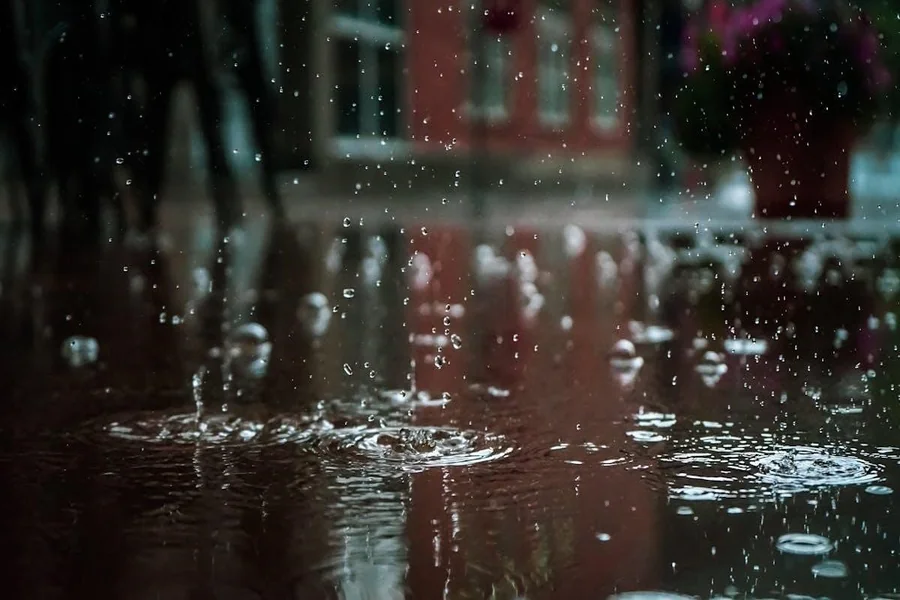South Florida’s relentless downpours this rainy season have turned streets into rivers and homes into potential hazards, with flash flooding risks lingering from the Suwannee Valley down to Miami-Dade County. As a stalled frontal boundary dumps 1-2 inches of rain daily—sometimes up to 3-6 inches in intense bursts—residents face not just immediate water woes but a sneaky follow-up foe: mold. In this humid paradise, where temperatures hover in the low 90s and moisture lingers like an uninvited guest, mold can sprout in as little as 24-48 hours after water intrusion. For homeowners already battling flooded garages or soaked carpets, the threat feels all too real, but quick action can keep it from taking hold.
Why Mold Loves South Florida’s Stormy September
Florida’s subtropical climate is mold’s dream—warm, wet, and rarely dry. September sits smack in the hurricane season’s peak, when tropical moisture from the Gulf and Atlantic collides with sea breezes, fueling thunderstorms that overwhelm drainage systems. Recent advisories from the Weather Prediction Center highlight a marginal risk of flash flooding across the peninsula, with coastal areas like Fort Lauderdale and Miami seeing ponding on roads and king tides exacerbating the issue. Floodwaters seep into homes through cracks, vents, or overwhelmed roofs, creating damp spots where mold spores—already floating everywhere—settle and multiply.
The science is straightforward: Mold needs moisture, warmth (77-86°F, which matches South Florida’s averages), and organic food like drywall or wood. After heavy rain, hidden moisture in walls or under floors can brew trouble without a visible flood line. Past events, like the 2024 South Florida deluges that dropped over 20 inches in days, left behind widespread mold issues, damaging structures and spiking allergy cases. This September’s pattern echoes that, with scattered storms expected through mid-month, turning basements, attics, and even HVAC systems into breeding grounds if not addressed.
The Hidden Dangers Lurking Inside Wet Homes
Mold isn’t just an eyesore; it’s a health saboteur, especially for kids, the elderly, or anyone with asthma or allergies. Spores irritate eyes, noses, and throats, triggering sneezing, coughing, or wheezing—symptoms that mimic a cold but linger. In severe cases, it worsens respiratory infections or causes skin rashes. Florida’s Department of Health notes that prolonged exposure can lead to chronic issues, and studies post-Hurricane Katrina showed elevated risks in flooded homes. Structurally, mold eats away at beams and insulation, slashing property value by thousands and inviting costly repairs. The musty smell? That’s your first clue, but by then, it might already be airborne, spreading via fans or AC.
Spotting the Signs of Mold Before It’s Too Late
Homeowners most often don’t always see mold right away—it hides behind the walls or in carpets, thriving on that post-rain dampness. Watch for discolored patches (black, green, or white fuzz), bubbling paint, warped floors, or a persistent earthy odor. If someone’s coughing more indoors or feeling fatigued, test the air. Simple hygrometers from hardware stores measure humidity; anything over 60% screams risk. In flood-prone spots like Edgewater or North Miami, where recent storms left streets impassable, inspect low-lying areas first.
Practical Steps to Fight Back and Prevent Growth
The good news? You can outsmart mold with fast, smart moves. Start by removing standing water—use pumps or wet vacs within hours, then dry everything thoroughly. Fans and dehumidifiers are your best friends; aim to keep indoor humidity below 50%. Toss porous items like soaked rugs or drywall that can’t dry in 48 hours—they’re mold magnets. For cleaning, scrub hard surfaces with detergent and water, or a 1:10 bleach solution for tougher spots, but make sure to wear gloves, goggles, and an N95 mask to avoid inhaling any mold spores.
Prevention shines brighter than the cure, especially in Florida’s wet season. Seal roofs and windows before storms hit, clean gutters to divert water, and run AC or dehumidifiers year-round. Ventilate bathrooms and kitchens religiously, and fix leaks pronto. If flooding hits hard, call pros certified by groups like the Institute of Inspection, Cleaning and Restoration Certification—they handle HVAC checks and full remediation without spreading spores. Insurance often covers this; document everything with photos for claims.
South Florida residents have weathered worse, but this September’s rains remind us: Stay vigilant, dry things out, and breathe easy. With these steps, your home stays a sanctuary, not a spore factory. If mold suspicions arise, don’t hesitate to contact local mold remediation experts who are geared up to help keep the Sunshine State shining inside too.

